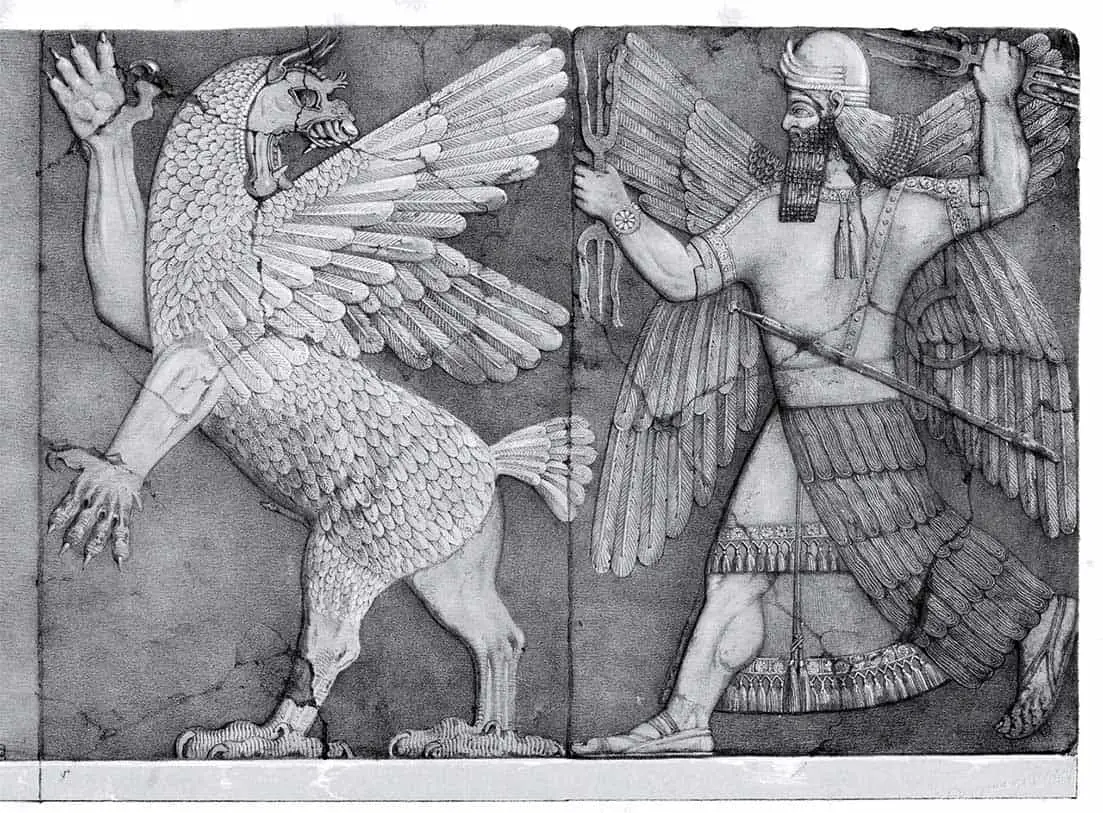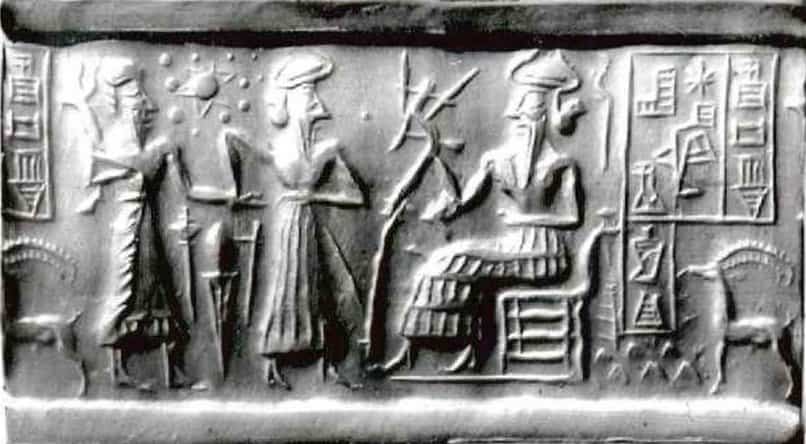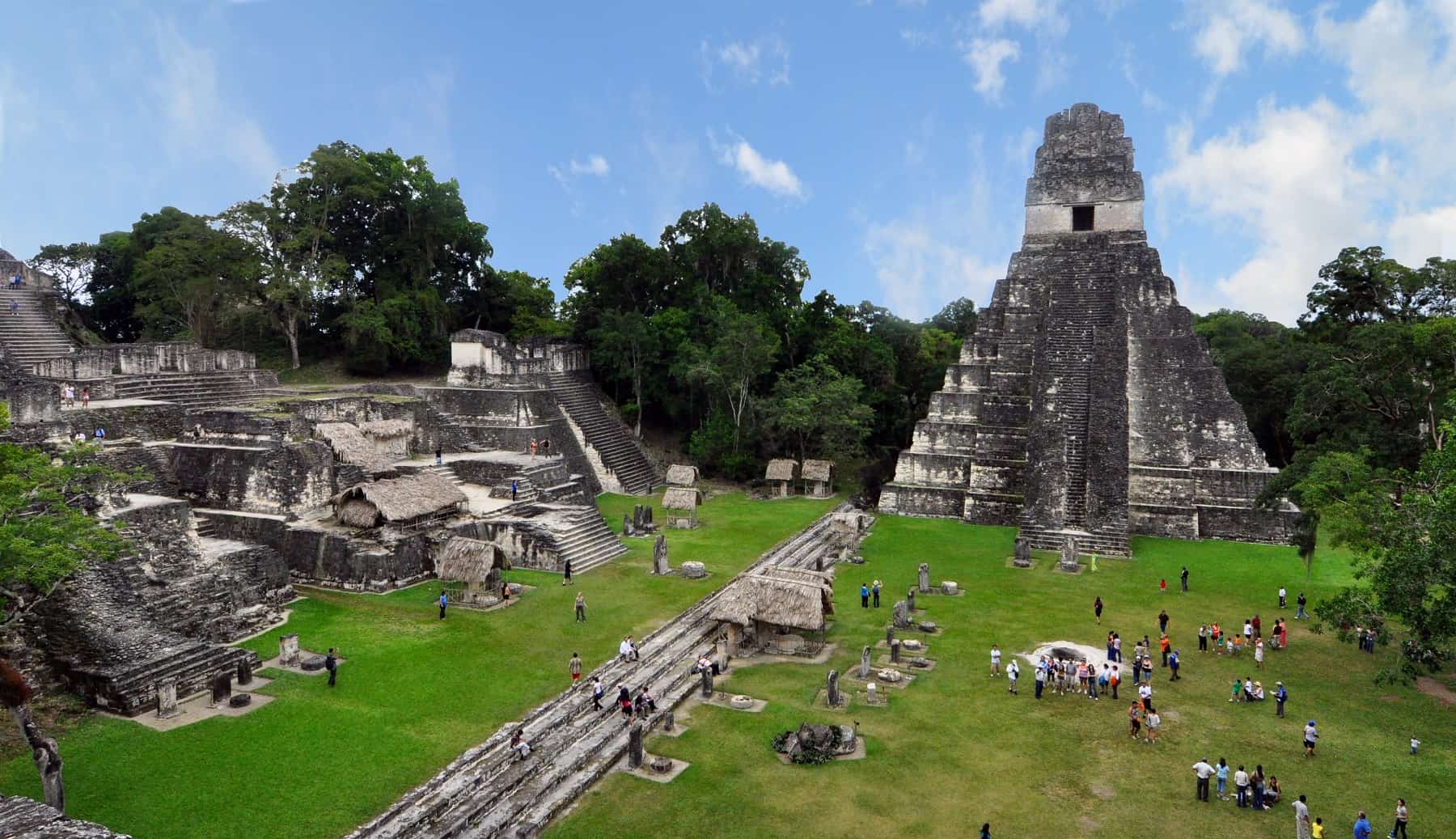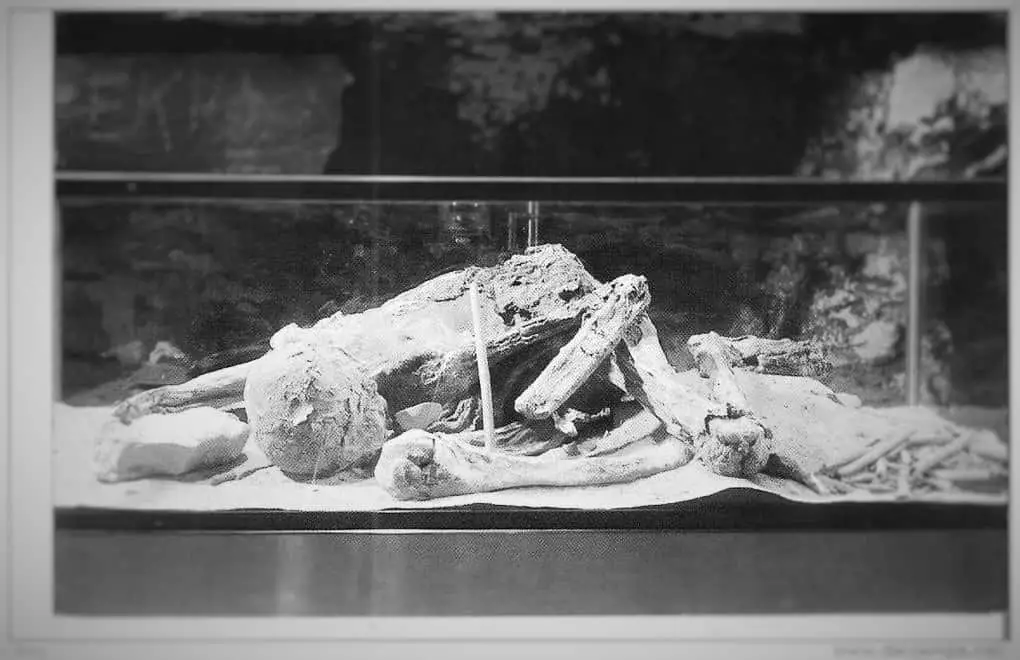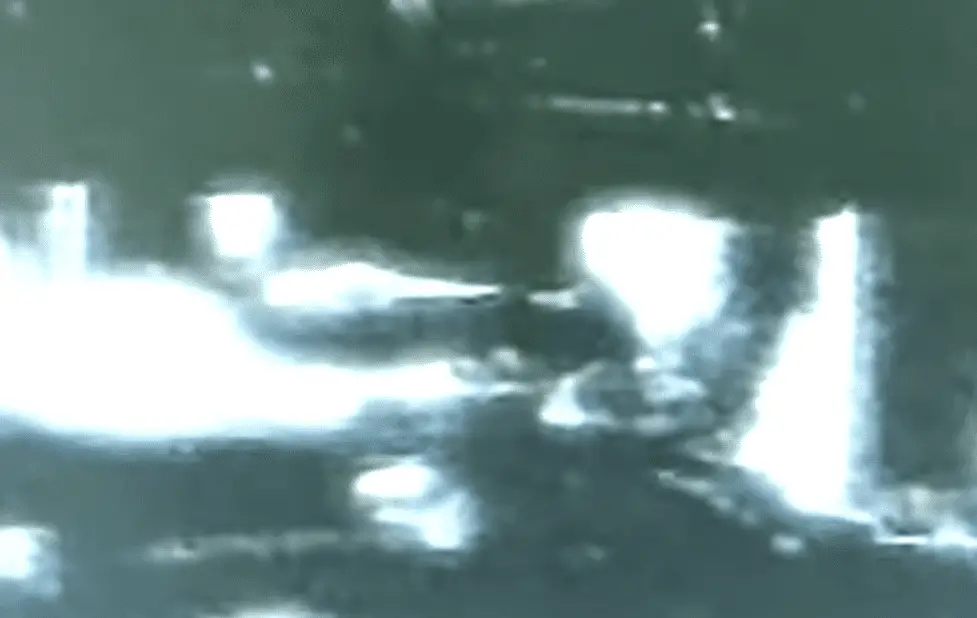
YouTube Video Here: https://www.youtube.com/embed/lrWr661wa_U?start=374&feature=oembed
Mysterious carvings from the time of the Aztecs were recently discovered in Mexico City in a very unlikely place: In a tunnel that dates back to the 17th century, according to IFL Science:
“Archaeologists in Mexico have unearthed an intriguing tunnel that dates back to the 17th century adorned with 11 drawings. It is thought the images were created before the Spanish conquistadors arrived, but were incorporated into the walls of the tunnel when it was built centuries later. That means they were likely created by the Aztecs, an empire famed for their beautiful temples, hieroglyphic writing system, and gruesome penchant for sacrificing children.”
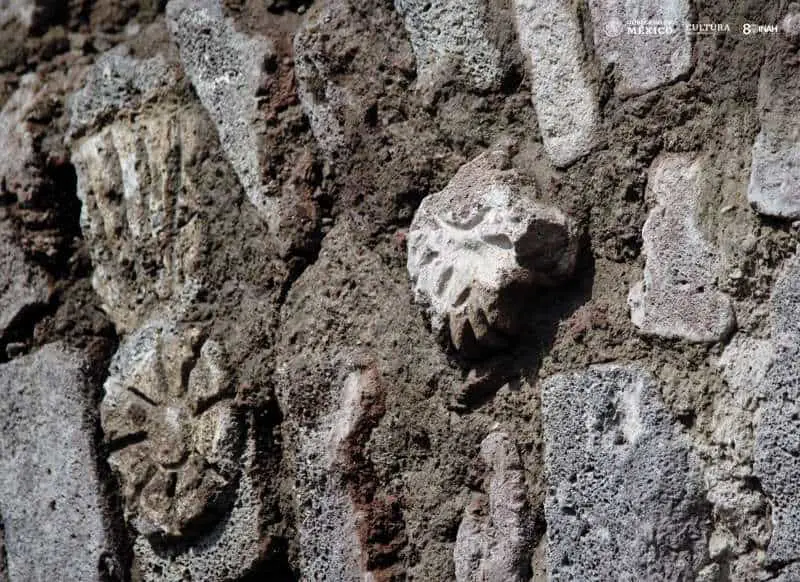
Among the most interesting of the images were “the carvings of a chimalli or war shield … the head of a bird of prey, a flint point and an element that archaeologist Alfonso Caso identified as (a) ‘paper ornament.'”
Empire of the Aztecs
In the 15th century, according to historians and archaeologists, the Aztec emperor Moctezuma I decreed construction of a dike system in what is now Mexico City for the purpose of controlling flooding from lakes in the area around what is now the capital of Mexico.
However, shortly after construction began, Spanish conquistador Hernán Cortés arrived with troops and decimated the Aztec empire, destroying what had been built of the dike system, which lay dormant until it was rebuilt in the 17th century. Today, the system is known as the Albarradon de Ecatepec.
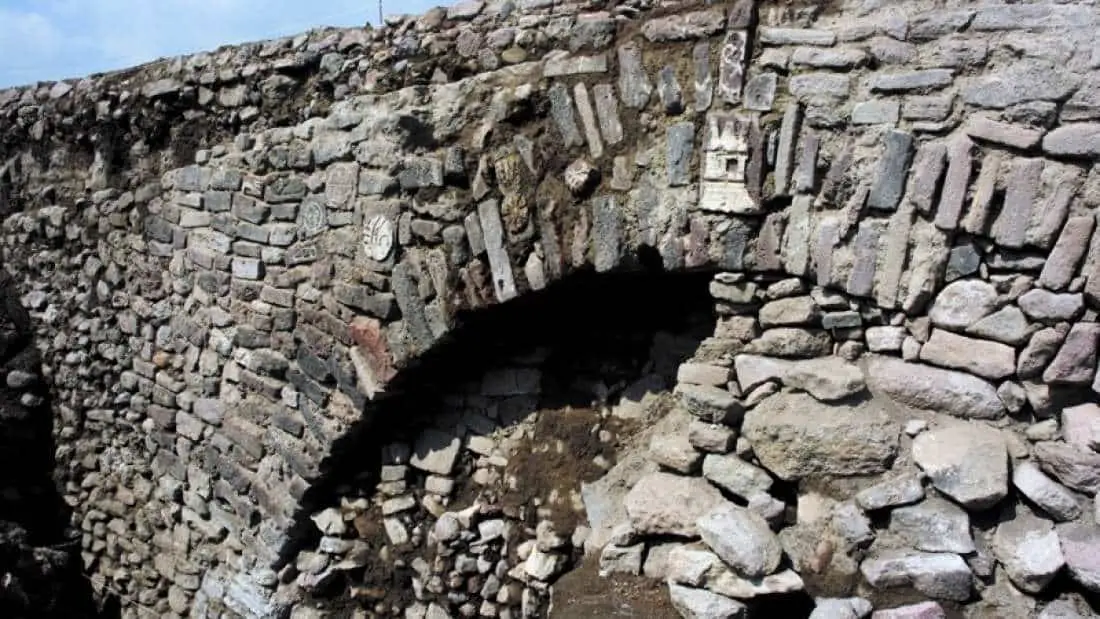
Recycling the Past
So how exactly did the ancient Aztec carvings wind up being a part of a water system built three centuries after the Aztec empire was destroyed? By repurposing stone that had been put in place by Aztec workmen some 300 years earlier:
“The stone used in the initial construction was likely repurposed when the dikes were rebuilt, explaining the Aztec symbols etched into the sides of the tunnel. It is believed they were drawn by locals from the nearby towns of Chiconautla and Ecatepec prior to Spanish invasion.”
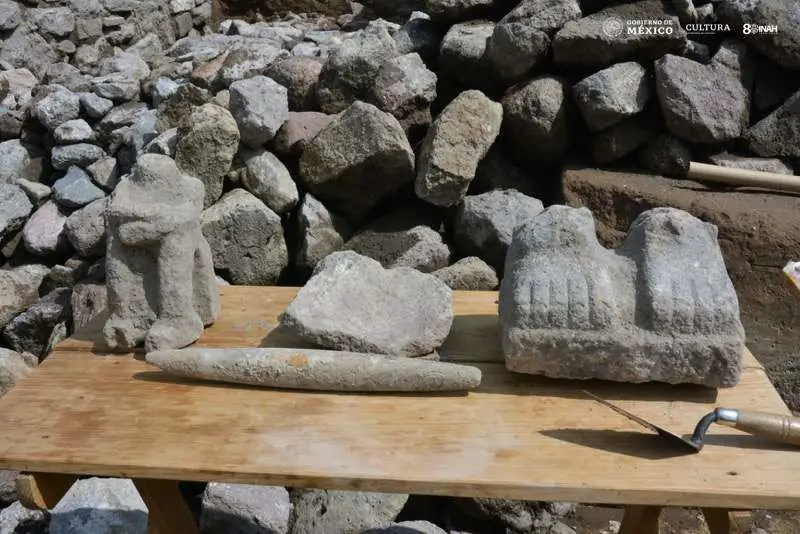
God of Rain
Along the arch of the main tunnel is an etching of a temple that was dedicated to Tlaloc, who was the Aztec god of rain, earthly fertility, and water. Tlaloc was revered by the Aztecs as a provider of life and sustenance.
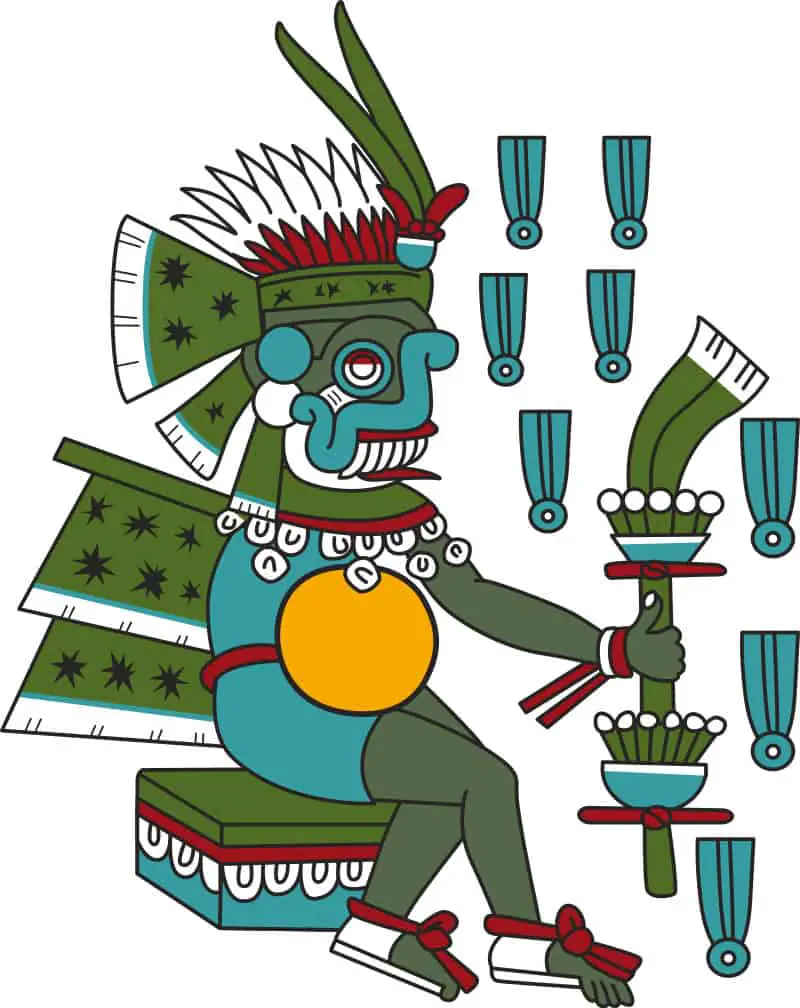
And there were other fascinating discoveries made by a team from INAH, Mexico’s National Institute of Anthropology and History:
“Hidden within the 8-meter (27-foot) tunnel also lay various artifacts made from glass, porcelain, and a type of pottery called majolica, along with a statue of a seated person that appears to be missing its head and the lone feet of a larger statue.”
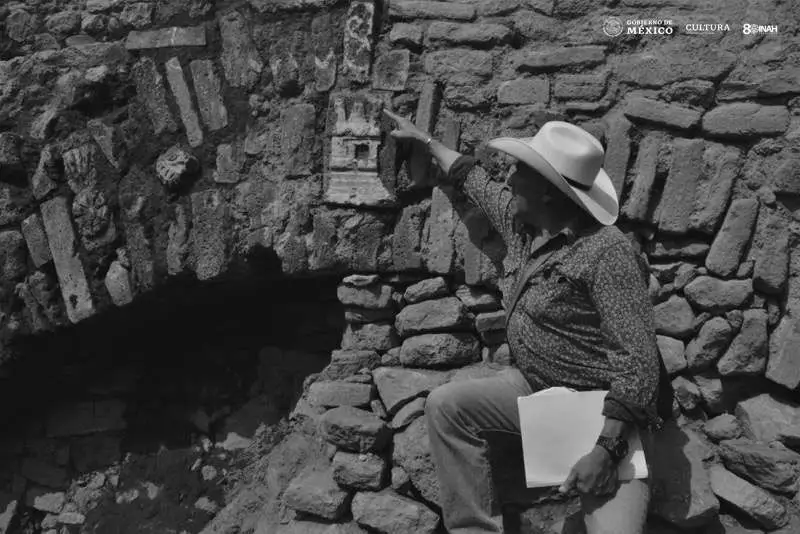
Other symbols also seem to be a tribute to the god of rain, Live Science notes:
“Raindrop symbols were found on the upper part of the keystone — the top stone that holds the arch together — also on the east end of the tunnel where the water exited … On the west side, where the water once entered the tunnel, the researchers found one more petroglyph which they are currently studying. They also found four iron nails and two 21-foot-long (6.5 m) wooden beams.”
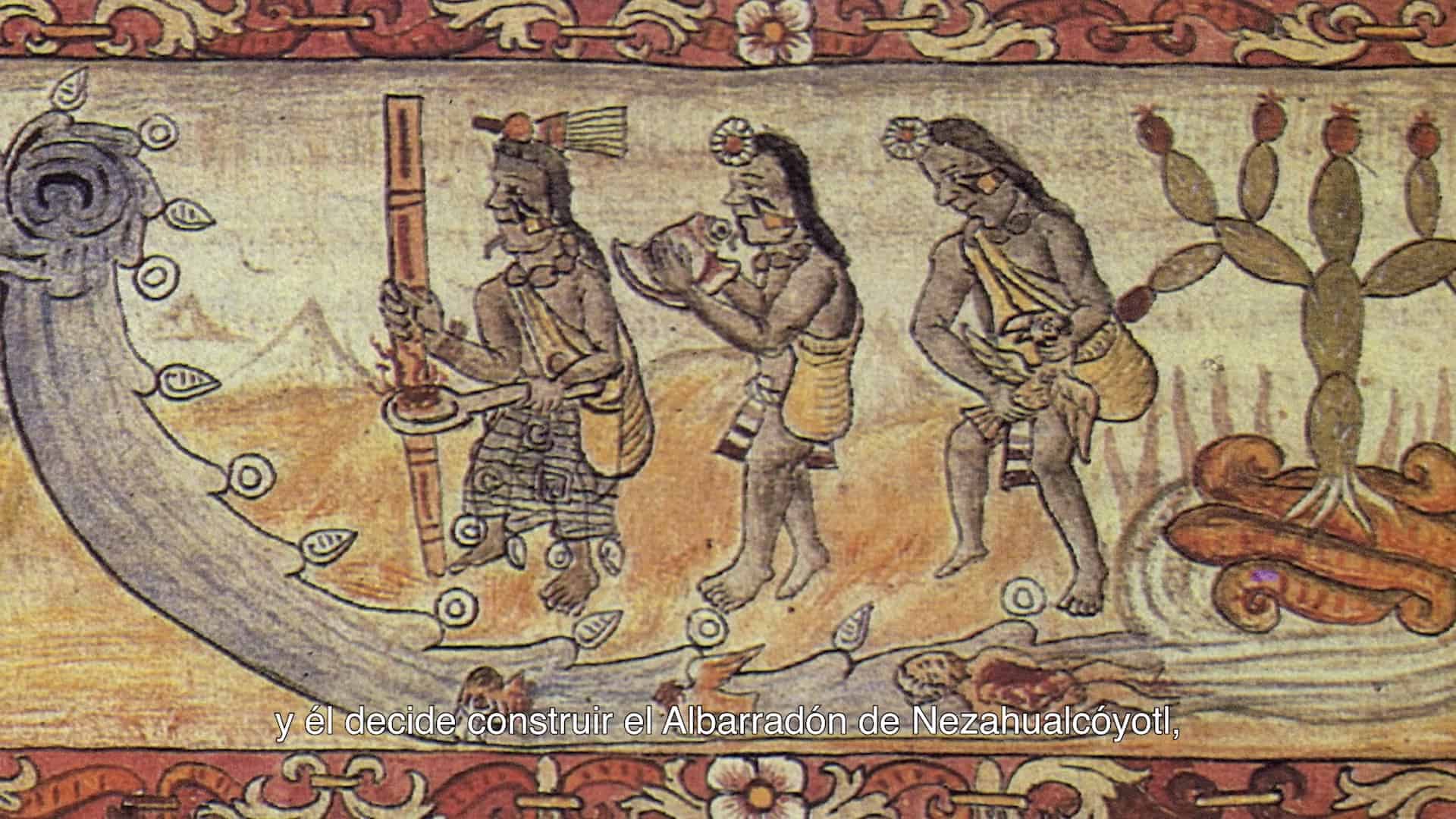
A Massive Construction Project
When the Albarradon de Ecatepec was built, it took years and the labor of thousands of native people:
“Three thousand indigenous people are thought to have constructed this dike under the supervision of the Spanish friars Jeronimo de Aguilar and Juan de Torquemada, Chávez said. While the newfound carvings and stucco reliefs show influences from indigenous people, some of the construction techniques, such as the arches of the tunnel, more closely resemble European methods, according to the statement.”
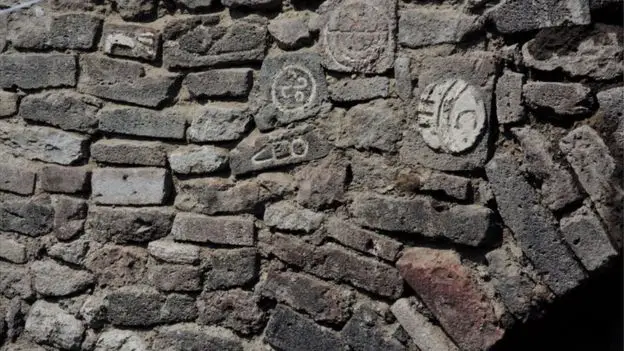
For now, the main concern is to protect this valuable piece of history, INAH archaeologist Juan Manuel Toxtle said:
“It has always been essential that these types of elements remain in the best conditions and best protected.
“I think it is important that Mexicans realize that this is everyone’s heritage and that we have to take care of it.”
Here’s video shot of the discovery by Mexican archaeologists
Featured Image Via INAH

